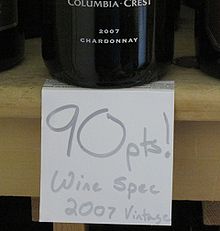<div id="attachment_1360" class="wp-caption alignleft" style="width: 220px">

<p class="wp-caption-text">Wine Rating (image from Wikipedia)</p></div>
Have you ever been browsing through a wine selection, and notice that some of the wines have a number rating displayed near them? Many of these ratings are given by fancy, highly paid staff from organizations like Robert Parker and Wine Spectator. Sometimes, however, staff from the actual wine establishment where you find yourself may have given these wine ratings as well. Here's a quick summary of how many wine experts and wine aficionados rate wine: Wine is typically rated on a 100 point scale, although most rating systems regard wines under a score of 50 to be of poor quality. Rating systems usually award some points for appearance, taste, mouthfeel and finish. However, publications and individual reviewers have set their own rating scales and methods, so ratings are not necessarily consistent from one publication to the next.
Many factors contribute to a wine’s rating, and some wines receive higher scores because they score exceptionally well in select qualities; however, they could have missed the mark in others! A wine may have a fantastic nose, for instance, but a very short finish. Or, a wine may taste quite good but lack much depth and complexity. Such catches inherent in this rating system are brought up in Leonard Mlodinow’s interesting-yet-pessimistic book The Drunkard’s Walk: How Randomness Rules Our Lives.
Although a single number cannot convey all the nuances of a wine, it can help us narrow our selection at a glance. Higher rated wines “tend” to make better gambles. This can be good if you’re in a hurry to stock up for an impromptu dinner party. If you’re trying to decide between two bottles that differ by only a couple points, you’ll probably be pleased with either selection. Some publications rate wines partially based on how well they believe the wine will age, so you may wish to take that into account if you are considering a case purchase for your wine cellar.
Ever since the adoption of a number system to rate wine, many people--especially those new to the world of wine--mistakenly dismiss wines with less than 90 point ratings. (This is where a blind tasting works well to overcome a preconceived numerical value.) Having conducted some of my own research into these numerical ratings by not only trying wines with a wide range of ratings, but looking into how the professionals rate their wines, I have arrived at the following three conclusions: First, a wine with at least a rank of 80 will be worth your while (as long as it doesn't cost an arm and a leg, and if it does, you'll want to lean toward the highest of ratings). Second, if there is a rating next to a wine, it means someone actually took the time to pay special attention to that particular wine, so it's likely to be worth your time to take a closer look as well. Finally, I have found it important to remember the context in which the wine will be consumed. Is this a wine to celebrate your 50 year wedding anniversary, or a wine to have with take-out dinner on a Tuesday night? Numbers by themselves are all relative, so use your common sense when you make your final selection.
How do you use wine ratings? Share your thoughts in the comments!


